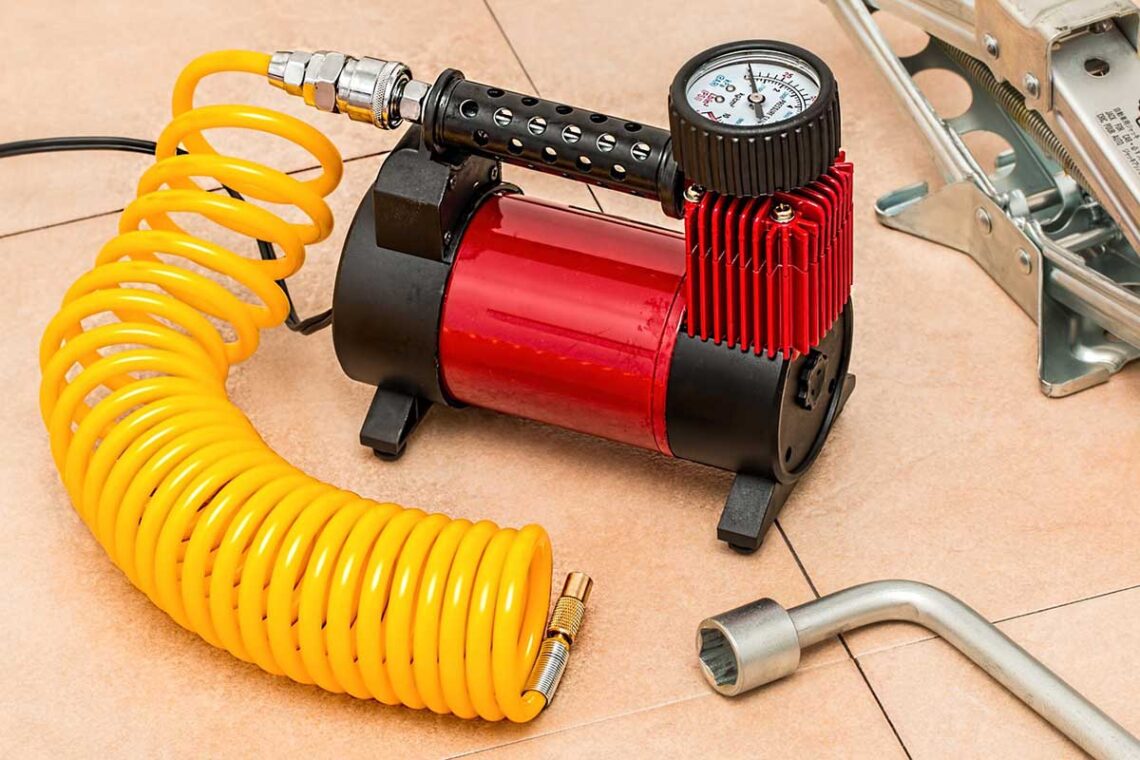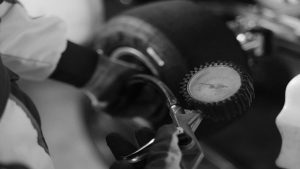Car control is intricate in the easy safety of you and your passengers. Your tires’ traction and grip on the road also depend on the pressure in those tires. Taking proper care of your tires is crucial in the overall maintenance of your vehicle. Usually, everyone is aware of how important it is to have healthy tires and car tire pressure, not only for the vehicle but for your safety too.
To have a safer and smoother ride you should get your tires rotated, aligned, and balanced regularly. You might also regularly check for treadwear. However, it is noteworthy that people usually pay less attention to the most important step in tire maintenance and that is gauging your car tire’s pressure.
Table of Contents
Your vehicle’s traction and grip on the road depend on the air pressure in the tires. The correct amount of pressure evenly distributes the weight of the car ensuring better handling and smoother ride. It also lowers the rolling resistance of your car. Let’s find out more;
Car Tire Pressure
It is crucial that you give full attention and concern to your car tire pressure. It is important that you ensure that the tires of your car are inflated to their proper pressure or PSI (pounds per square inch). The PSI is the customary rating for air pressure inside a tire. Information about the correct PSI is in the vehicle’s manual or on the driver’s side door jamb. A lower car tire pressure will damage the tires due to constant friction. While an over-inflated tire will lead to poor control and an uncomfortable ride.
1) Purchasing New Tires:
When purchasing a new set of tires for your ride, make sure to do proper research about the PSI. As there are plenty of tire types out there with specifications for a particular car. You can get information for the recommended PSI description either yourself by looking around on your vehicle or referring to the owner’s manual. If you find it hard to comprehend seeking professional is always the best option.
You’ll be finding a number of different option in tires according to the environment and driving conditions. Such as, snow/winter tire types and summer tires, which will come with particular PSI needed in that weather condition. You can seek help and advice from your local auto maintenance shop regarding the proper tire pressure of the top new tires you have purchased.
2) Changing the Rims or Rim Size of Your Vehicle:
Now, if you also decide to change the rims of your vehicle, the tire PSI would also be differ. To make sure that you maintain the proper tire pressure, you should always have an air pressure gauge. You can easily get this useful article from your local gas station or auto parts shops. According to Autostribe, there are a lot of issues that may occur if improper tire pressure is regularly not gauged.
3) Vehicular Manageability and Control:
If your tire or tires are overinflated, they would become rigid, firm, and stiff, and its tread or contact patch would decrease significantly. As a result, your ability to control and maneuver your vehicle would be compromised which can put you and your passengers at risk. The dangers are the same with an underinflated tire.
4) Tire Pops Which Result in Automobile Accidents:
Your tire can get certain damages when it comes into contact with potholes, rocks, and other debris that may be there on the road or pavement. As a result, you’ll be experiencing an uncomfortable ride. Even worse, when driving at high speeds, your tire or tires may pop or bust due to the excessive air pressure, and hence, would result in an accident.
5) Tire Life and Longevity:
An under-inflated tire or tires may also be a source of a lot of issues or problems for your automobile. The tire would eventually lose its proper form. There would also be a significant increase in rubber contacting the road, which would seriously reduce the life of your tire by as much as 25%.
6) Fuel Consumption and Tire Damage:
It affects your fuel consumption by around 5% or more due to the additional power and energy. The energy to rotate the soft tire or tires and ultimately move the car is the main cause. You will have insufficient control of your ride, especially when cornering. Everyone who is present inside your vehicle will experience an uncomfortable and bumpy ride.
When your under-inflated tire or tires are unattended, they will eventually become close to a flat tire. These would result in significant damage to the tires as it would eventually have contact with the rim, hence, tearing out or greatly damaging the inner rubber material of your tire. Once this situation occurs, there is also a great possibility for your tire to pop and burst, resulting in an unwanted vehicular accident.
The corrector proper tire inflation would result in the best handling and control of your automobile. You would also acquire the best fuel efficient vehicle which is a big factor nowadays as fuel prices tend to fluctuate and reach very high prices. Professionals advices that you purchase if within the budget range, a premium or high-end tire air pressure gauge to properly monitor your tire air pressure.
Related Pick; The Ultimate Tire Size Guide
How to Check Tire Pressure?
You can check tire pressure easily at home once you have all the information about the process. The only tool you need to check it is the car tire pressure gauge. It can either be manual or digital and is easily available in the market. It is advised by professionals that you should always purchase if you can afford, a premium or high-end tire air pressure gauge to properly monitor your tire air pressure.
The best time to check the pressure is early morning: the reason being the longer the car is at rest the cooler it is and the accurate the pressure calculation is. It can also be checked at any other time but the only condition is that the car should not be heated. It requires to cool down for a couple of hours to give the proper result. The inflation pressure increases as the car warms up. Here are the steps to gauge tire’s inflation:
Step 1
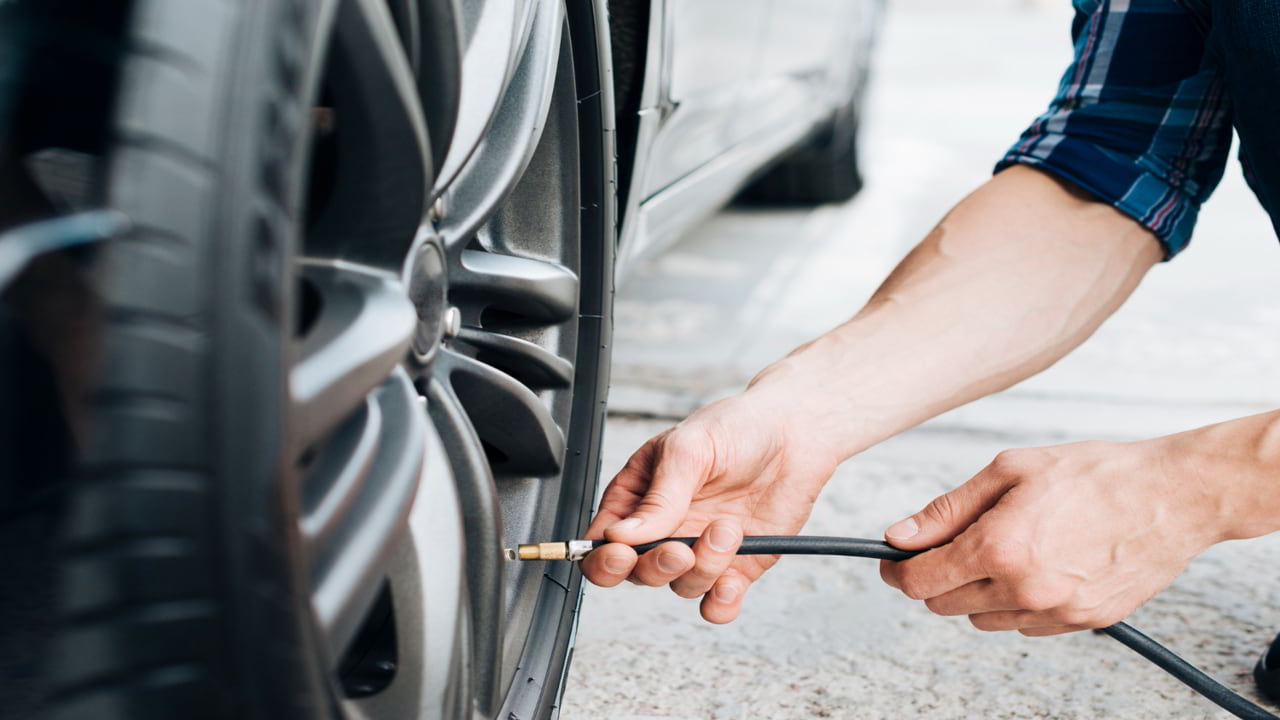
Remove the lid from the valve. Put the pressure gauge on the open valve and press it for a couple of seconds. It will release a hissing sound.
Step 2
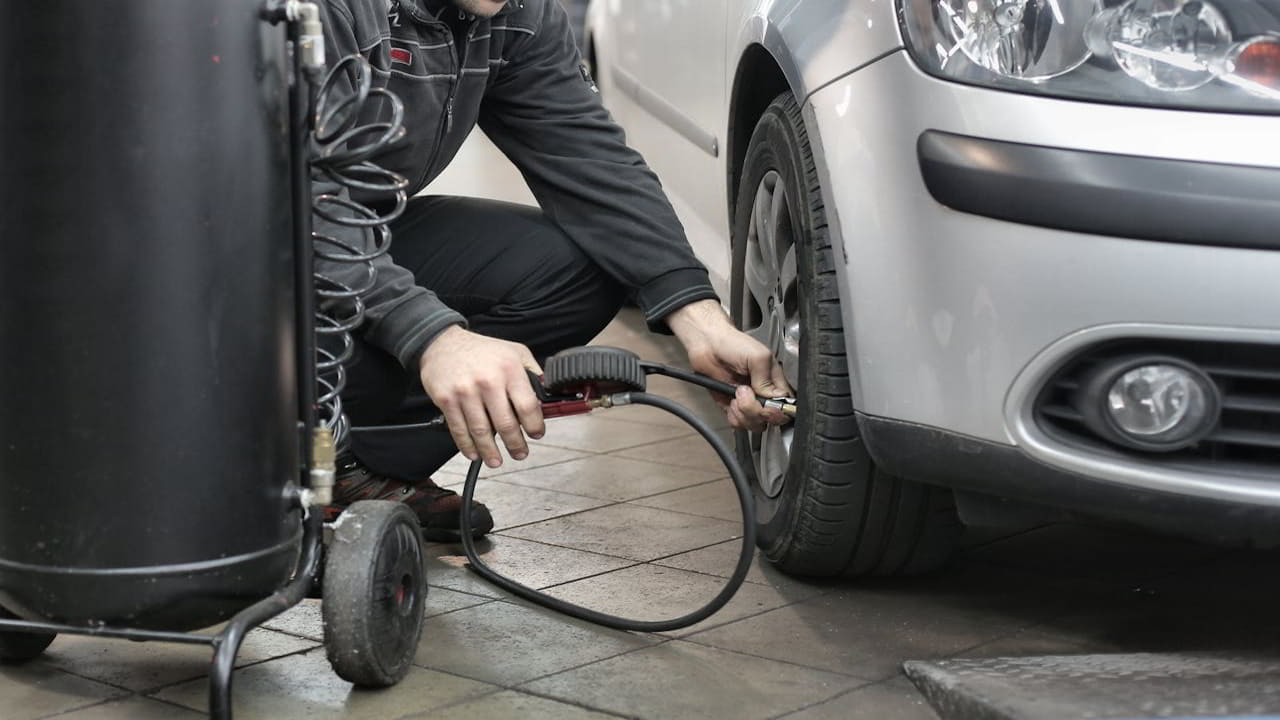
Check the result. If the pressure on your gauge is above or below the recommended pressure take note of it. Compare your results with the recommended pressure on your owner’s manual inside the driver’s door or the tire itself. If the pressure reads more than recommended release some air through the open valve by putting some force over its stem located right in the center of the valve. The air will release with a noise. Keep on releasing until you reach the correct pressure on the gauge.
If the pressure is lower, you can inflate the tire through an air compressor. Bring the hose close to the tire. Put the nozzle over the valve stem. The air will either release automatically or you might require manually pulling the lever for the airflow. Inflate the tire and check the pressure on the pressure gauge. Continue the process until you read the correct PSI on the gauge. Though the procedure is quite simple and can easily be done. However, if you have any doubts about the process, you should hire professionals to get the work done.
Step 3
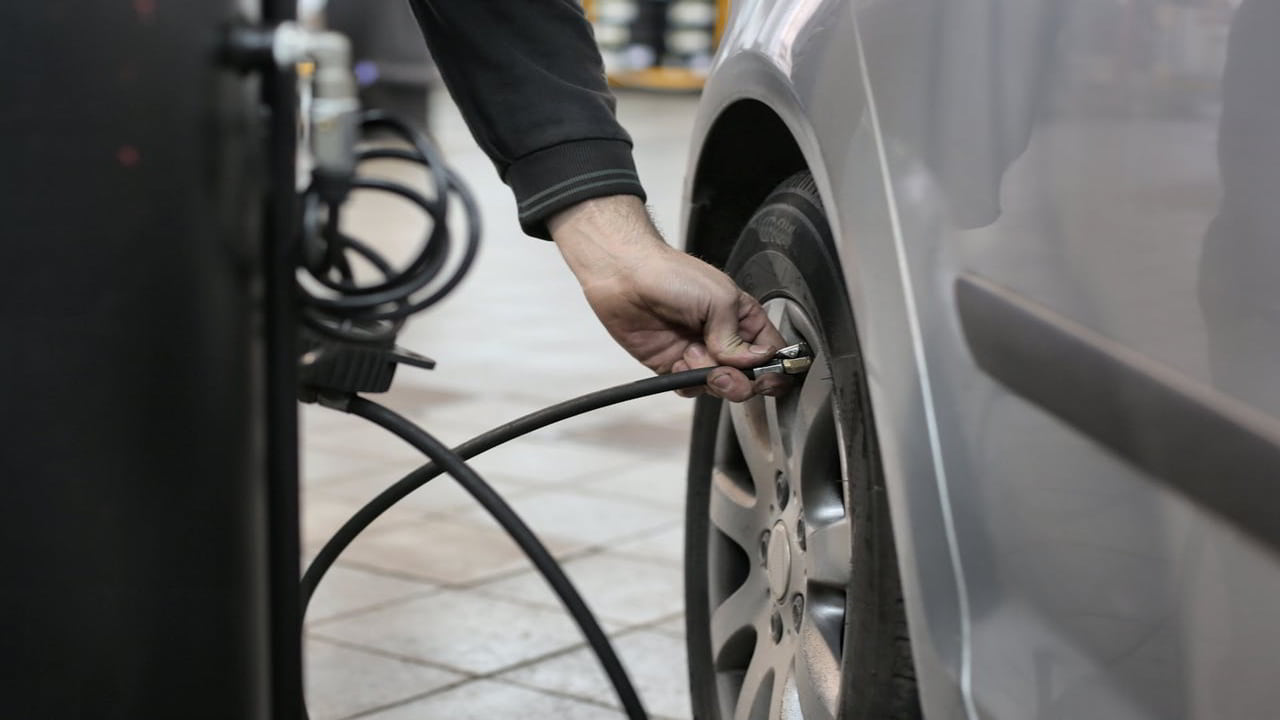
Put the lid back on the open valve. Don’t forget to double-check. Repeat the same procedure for the other three tires. Because it is very important that all tires should have the same pressure for the even distribution of the vehicle’s weight. Even if one tire remains over or under-inflated it can cause severe consequences.
Related Pick: Car Tire Inflators
FAQs
The information about tire pressure in detail is there in the owner’s manual. It is also pasted on the driver’s door. The side wall of the car usually carries the information too.
You should check the tire’s pressure every month to be on the safe side. If you regularly keep an eye on the pressure. It will make your tires high-performance and extend their life. Once you are aware of the condition of your tires you can easily address the ups and downs of the pressure and save yourself from the trouble of unpleasant accidents like wear and tear or tire busting.
Though the PSI and Tire Pressure are sometimes interchangeable in usage, they do not mean exactly the same thing. While tire pressure is the amount of pressure or air needed by the tires to support the weight of the vehicle, PSI stands for pounds per square inch. PSI is only a unit of measuring pressure. The recommended PSI varies from vehicle to vehicle and tire to tire.
Yes, temperature impacts the pressure. The warmer the temperature the higher the pressure will be and the colder the temperature the lower the pressure will be. This is the reason experts recommend checking the pressure when the car is at rest and cooled down for some hours.
Conclusion
The recommended PSI is the recommended pressure by the automobile manufacturers for each car. The pressure varies from vehicle to vehicle and usually falls between 28 to 36 pounds per square. The correct tire inflation would result in the best handling and control of your automobile. It will make your vehicle fuel efficient, which is a big factor nowadays as fuel prices tend to fluctuate and reach very high prices. It also ensures a safe and secure journey.
